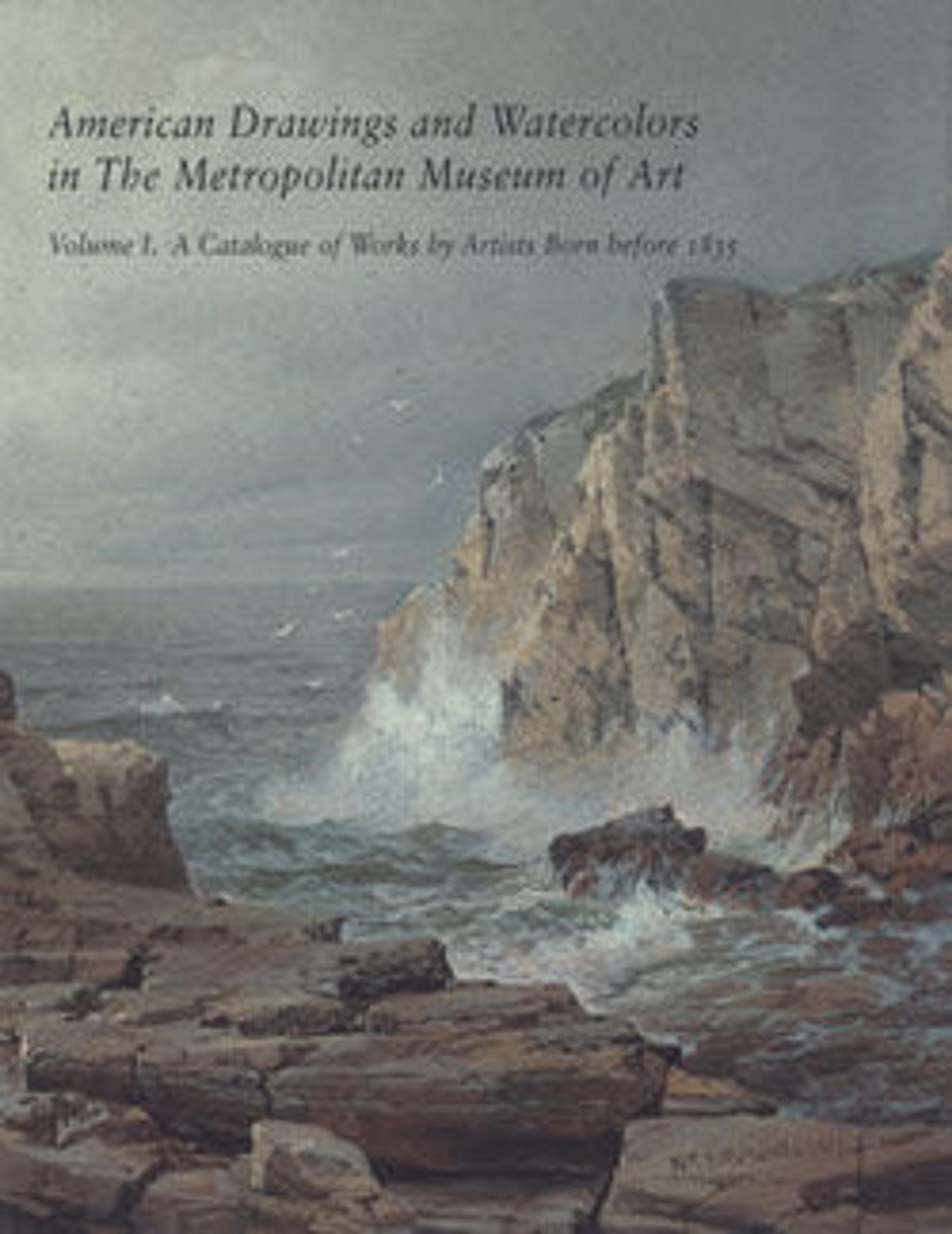Study for "The Siege of Gibraltar": Three Figures
After settling in London in the fall of 1775, Copley made drawings for most of his English paintings, especially his history paintings. For “The Siege of Gibraltar” (1783–91; Guildhall Art Gallery, London), a stirring depiction of the British defense of the Rock in 1779–82 against Spanish and French forces, Copley made nearly one hundred chalk, graphite, ink, and watercolor drawings. He worked on the painting for eight years, as he time and again altered and compromised his ideas according to the wishes of the members of the Corporation of the City of London, who had commissioned the painting. The extant drawings document the artist’s working method and his thought processes in the course of devising such a monumental work. This three-figure chalk drawing is probably a preliminary study for soldiers in the gunboat, although it was not used in the final composition. This drawing is squared for transfer to canvas and includes notations regarding that process.
Artwork Details
- Title:Study for "The Siege of Gibraltar": Three Figures
- Artist:John Singleton Copley (American, Boston, Massachusetts 1738–1815 London)
- Date:1785–86
- Culture:American
- Medium:Black and red chalk on blue laid paper
- Dimensions:14 3/8 x 23 in. (36.5 x 58.4 cm)
- Credit Line:Harris Brisbane Dick Fund, 1960
- Object Number:60.44.19
- Curatorial Department: The American Wing
More Artwork
Research Resources
The Met provides unparalleled resources for research and welcomes an international community of students and scholars. The Met's Open Access API is where creators and researchers can connect to the The Met collection. Open Access data and public domain images are available for unrestricted commercial and noncommercial use without permission or fee.
To request images under copyright and other restrictions, please use this Image Request form.
Feedback
We continue to research and examine historical and cultural context for objects in The Met collection. If you have comments or questions about this object record, please contact us using the form below. The Museum looks forward to receiving your comments.
